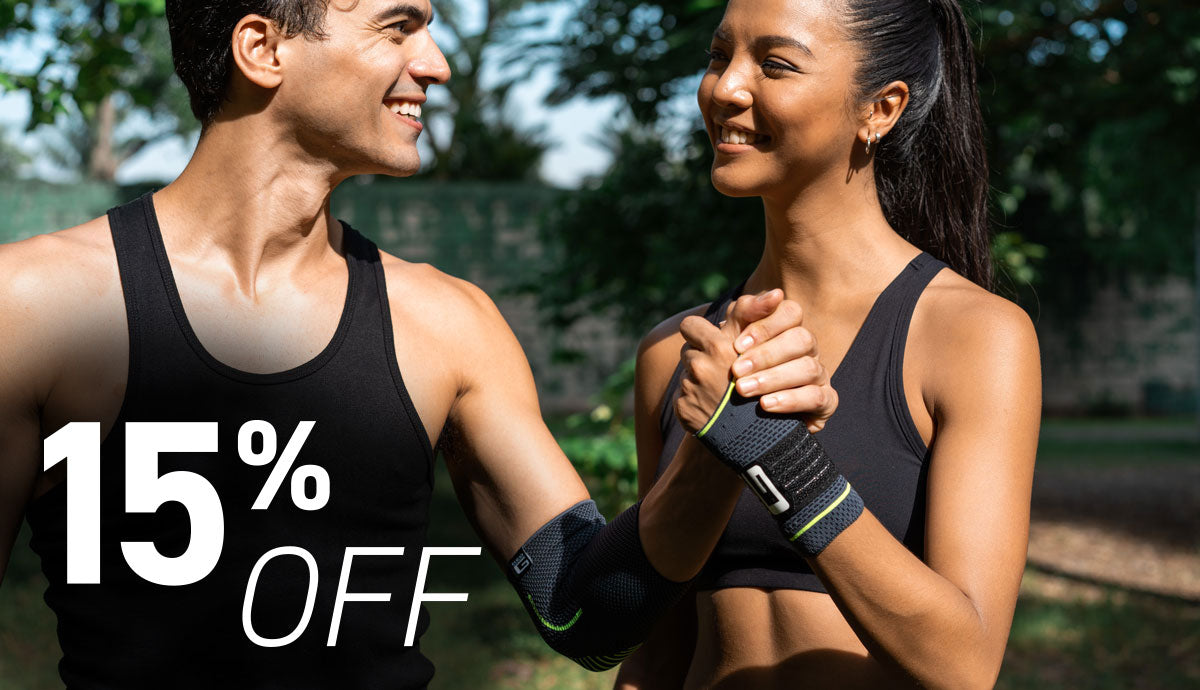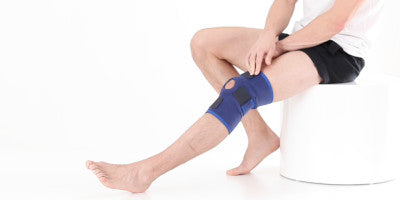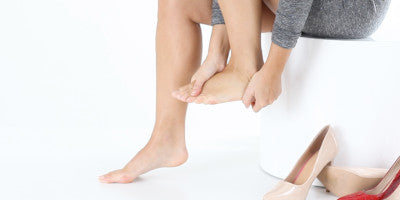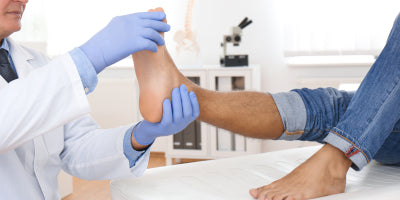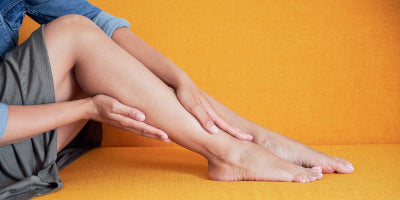How do compression socks improve circulation?

During the current pandemic many people are working from home and potentially sitting for longer periods of the day compared to being in the office. This combined with a reduction in daily activity can contribute to poor circulation and as a result, many people are searching for compression socks on the internet to help improve circulation. But do these actually work? In this article we look at the benefits of improving circulation as well as how compression socks can help.
What are the benefits of increased circulation?

The body uses the blood to transport many things around the body and poor circulation limits the effectiveness of this transport system. For example, oxygen is transported in the red blood cells to all the muscles and major organs of the body.
Good oxygen flow - By increasing blood circulation you maintain good blood and oxygen flow throughout the body allowing your lungs, heart and muscles to function properly.
Concentration levels - Poor concentration and even memory glitches can occur when there is a lack of oxygen and blood flow to the brain, by improving the circulation you can limit the risks of these occurring.
Fighting infection - As well as transporting oxygen the blood also transports white blood cells to help fight off infection in the body. With improved circulation these will be able to be transported around the body more effectively when required.
Lactic acid - there are many waste products produced by the body during normal activity and exercise. One waste product from anaerobic exercise is lactic acid which can accumulate in the muscles, by increasing the circulation to the muscles it provides more oxygen to the area allowing lactic acid to be flushed away.
What can contribute to poor circulation?

Poor circulation can occur for a variety of reasons, but these generally fall into two categories:
- Medical conditions such as diabetes or Raynaud’s disease: circulation issues relating to these conditions may be treated with medicine along with other actions.
- Lifestyle choices such as smoking, low activity and diet: these choices if not changed can impact on your circulation and in some cases can lead to medical conditions such as Peripheral artery disease (PAD) and with an increased risk for stroke and heart attacks.
What are some common symptoms of poor circulation?

The most common symptoms of poor circulation are:
- Tingling sensation
- Numbness
- Pain
- Muscle cramps
Each medical condition that may lead to poor circulation can also have unique symptoms not mentioned above.
Do compression Socks help blood circulation?

Yes. A study conducted by Mann et al [1] looked at the effects of compression socks in amateur runners. Their research showed a significant increase in both arterial blood flow and arterial reserve and concluded that when used while exercising would lead to increased circulation. We also see on the NHS website that for conditions that cause poor blood flow in your legs, such as varicose veins, you may be prescribed compression socks to help improve the blood flow and reduce the swelling in the legs.
During normal circulation blood is pumped from the heart to various parts of the body via a series of arteries. It will then travel through smaller vessels called capillaries and eventually return to the heart via veins. During this process the pressure in the blood vessels will start to drop and if there is not enough pressure or the vessels are not working correctly blood can pool in the extremities and fail to return to the heart.

Compression socks can help with this by exerting pressure on the muscles and surrounding tissues and forcing the blood from the lower body back towards the heart. Graduated compression socks are particularly effective at this as the pressure is greatest towards the ankle and lessens as you move upwards towards the heart. The blood will move from areas of high pressure towards areas of lower pressure and therefore travel in the correct direction.
What are the best compressions socks for blood circulation?

There are many compression socks available on the market so finding the correct sock is crucial. As mentioned previously a graduated compression sock is particularly effective at improving blood circulation in the legs especially when combined with exercise.
At Neo G all our compression socks are graduated compression and we have options through our ranges for all individuals whether you require open or closed toe socks, class 1 or class 2 compression levels or simply a softer design for comfort.

Our best selling compression socks are the Neo G Travel and Flight Socks and our Energizing Daily Wear. These have been designed to improve circulation during long periods of inactivity. The knee high socks have a graduated compression of 14-18mmHg this compression level puts the socks in the mild to moderate category and suitable for minor swelling in the legs, reducing the risk of developing deep vein thrombosis (DVT).
Visit our full range here or contact our customer service team for more information.
References
[1] The Effects of Compression Socks on Arterial Blood Flow and Arterial Reserves in Amateur Sportsmen

Medical Grade Compression Help to ease symptoms of tired, aching or swollen legs. Constructed from specialist material for comfort, softness and breathability. Find out more here.

Our VCS range offers varying levels of support from mild to moderate to firm to provide optimum protection and stability. As a one size solution, these supports are fully adjustable to allow for a custom fit. In addition to this, the heat therapeutic neoprene helps to warm muscles and joints during exercise and rehabilitation, making the VCS range perfect for supporting instability during weights and gym training, as well as helping strains, sprains and weak, arthritic joints.

If its rest and recovery you need, our hot and cold therapy range offers just that. While heat therapy helps to target muscle and joint pain by relaxing muscles and improving blood flow, cold therapy works to tackle muscle swelling, soothing aches and pains.
